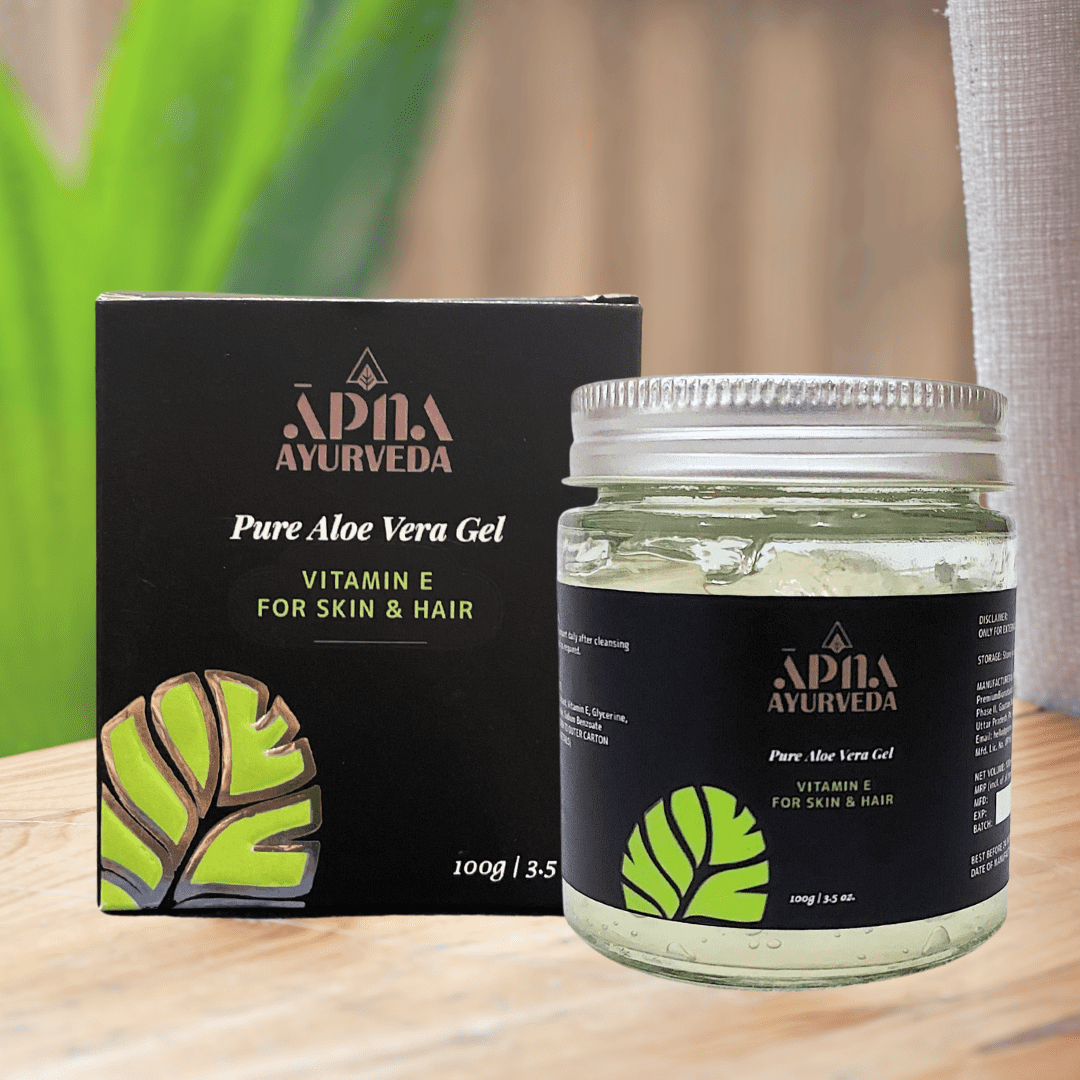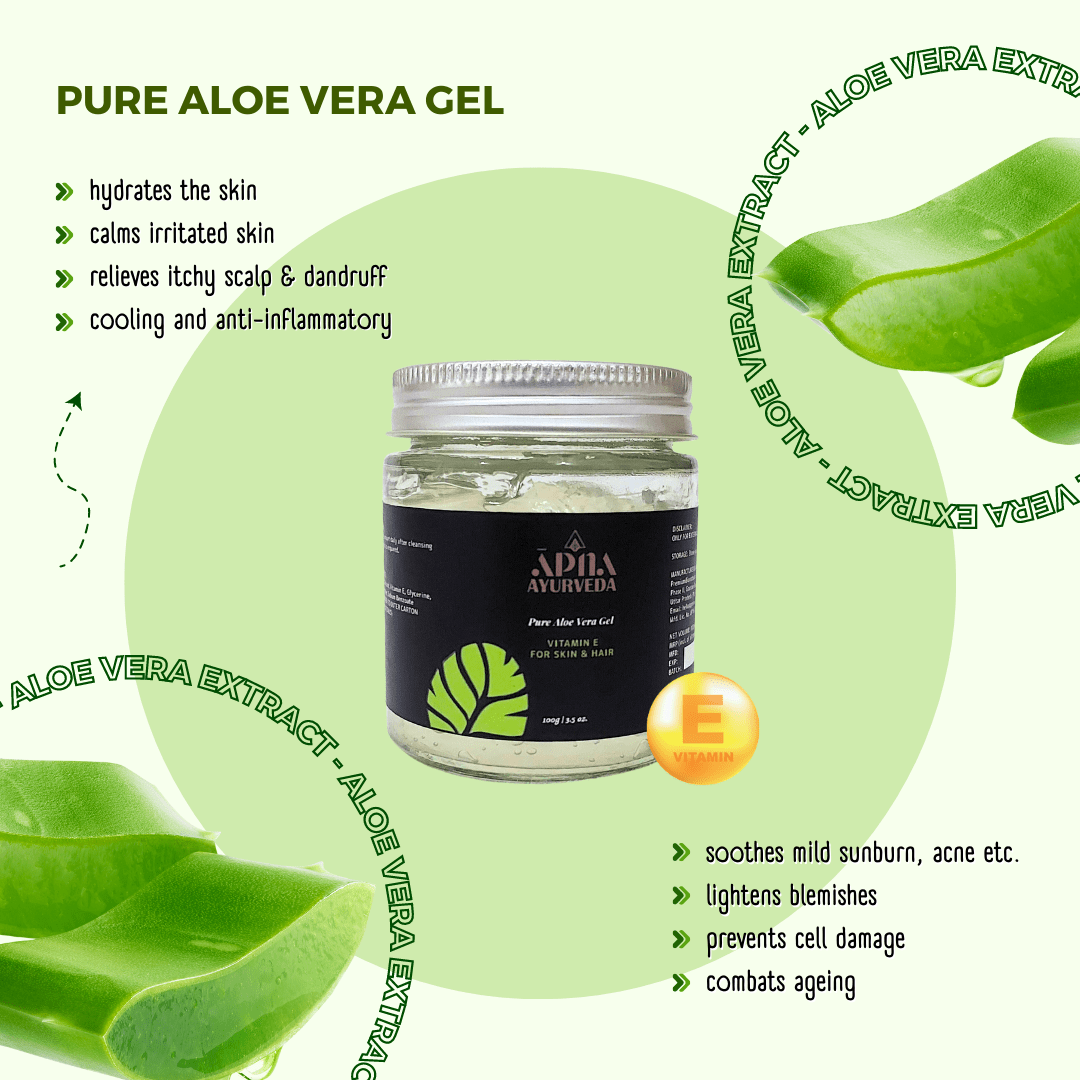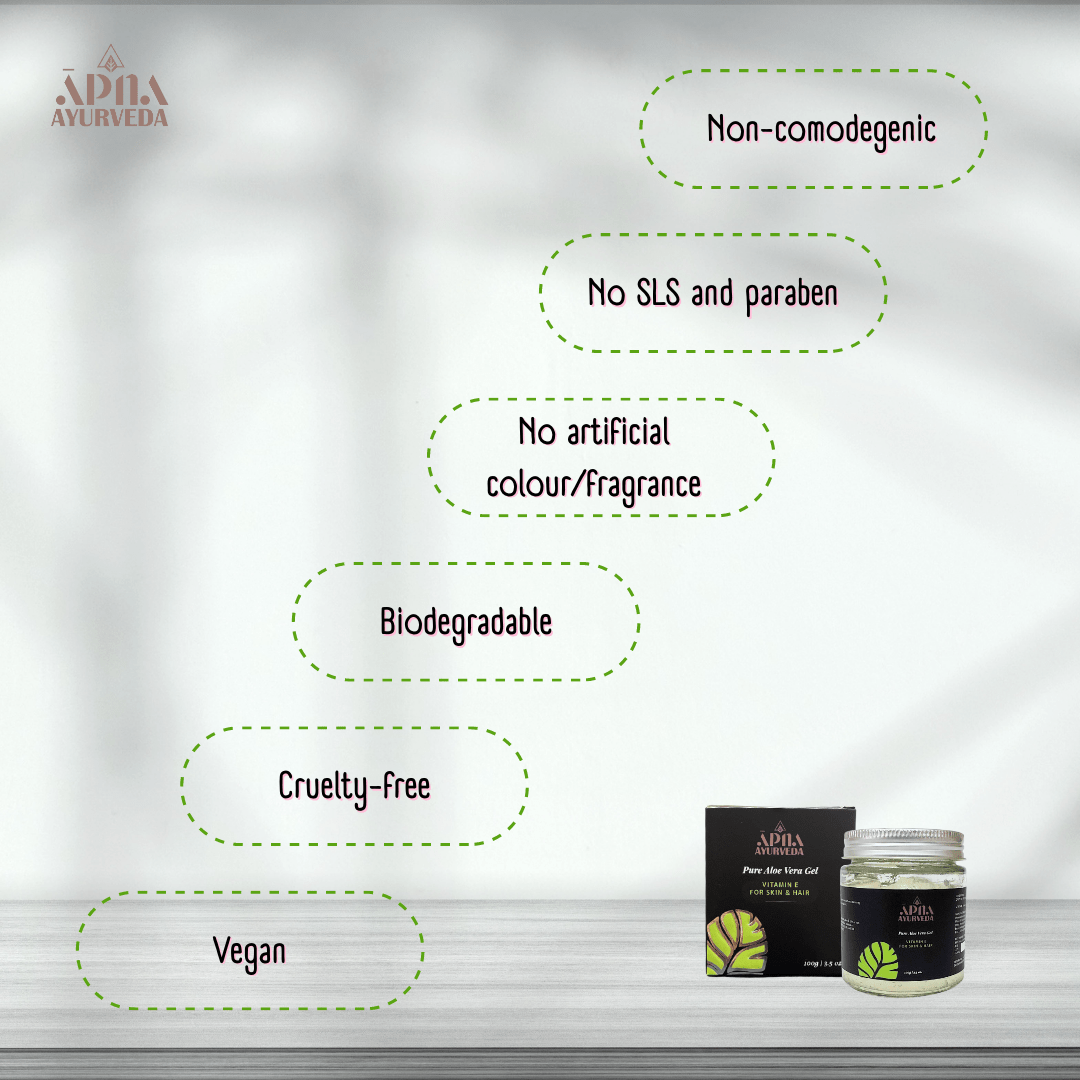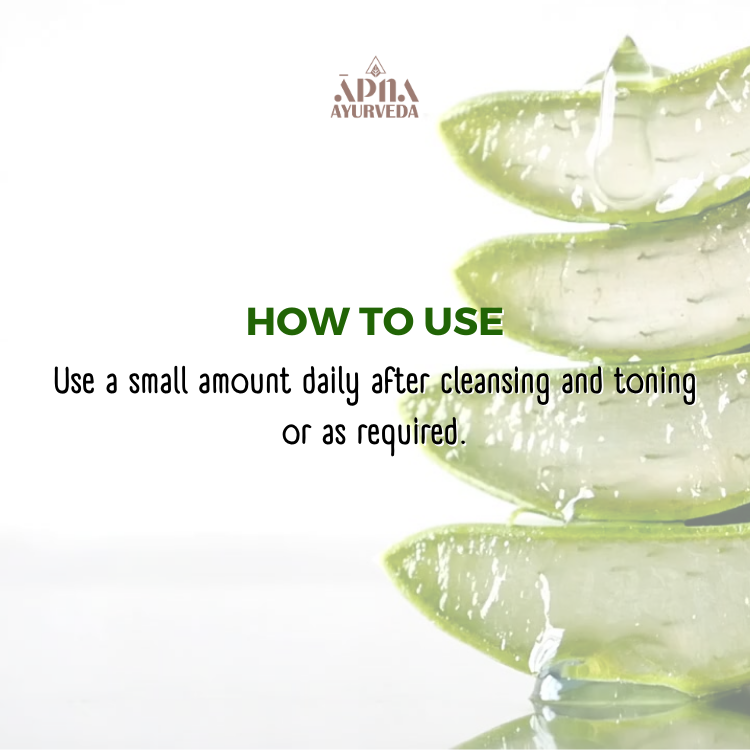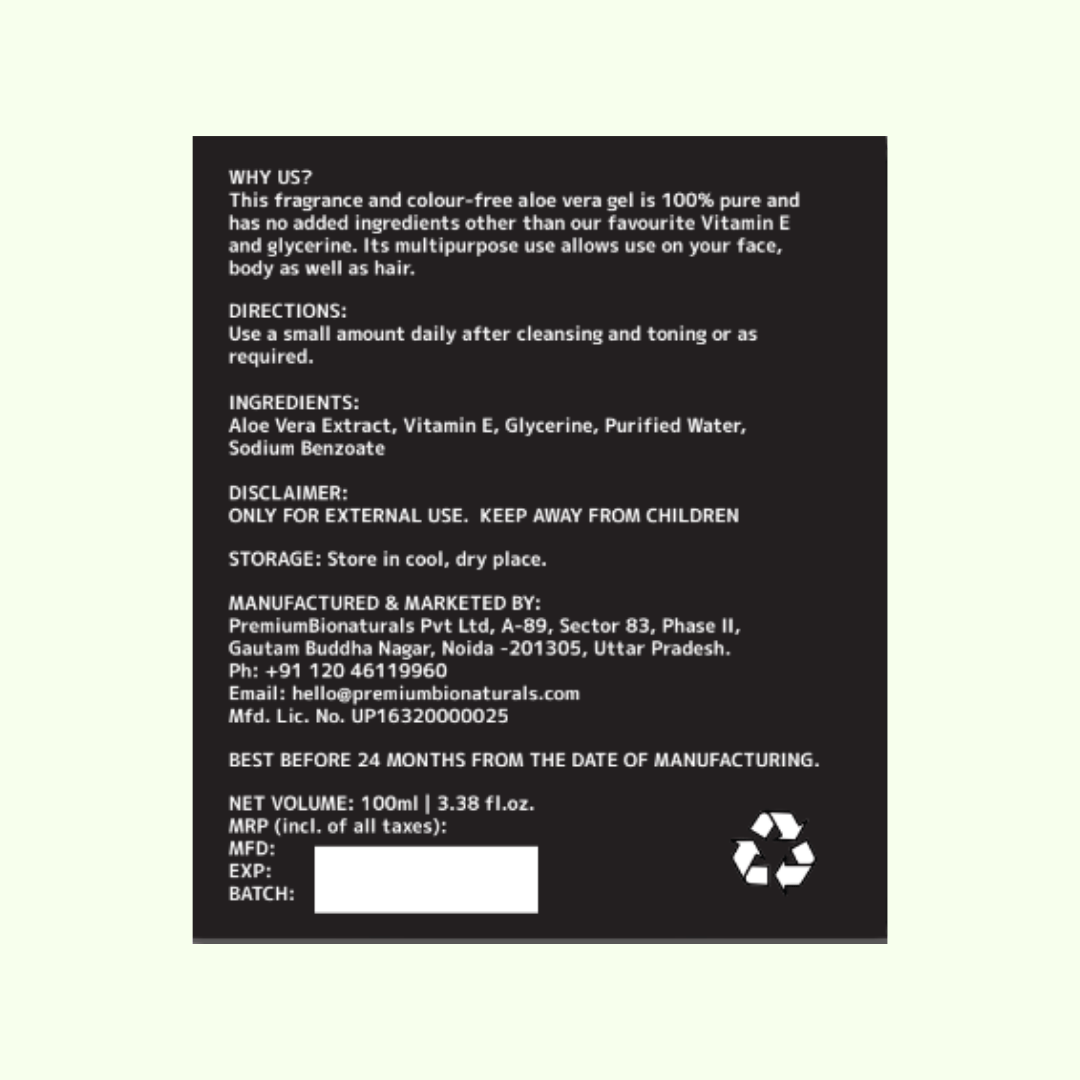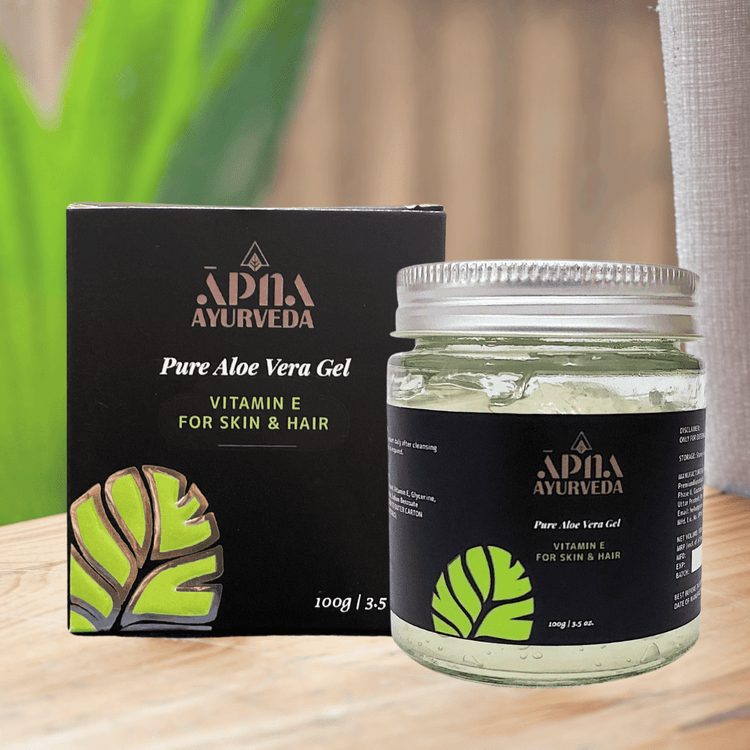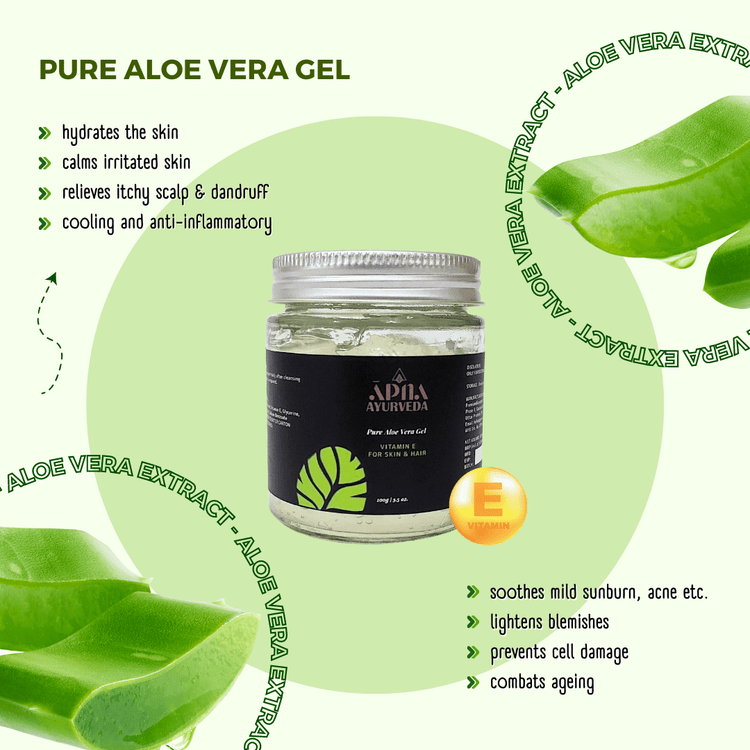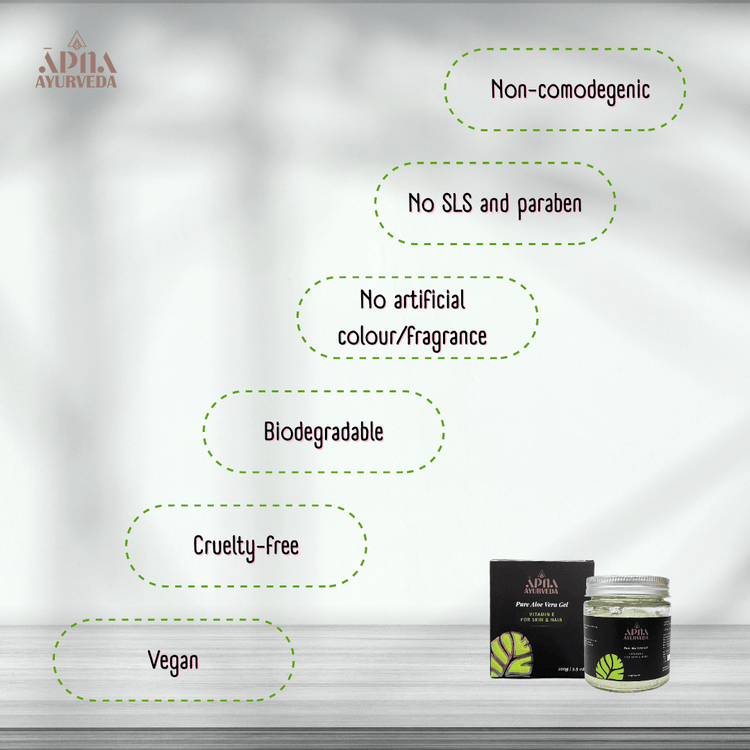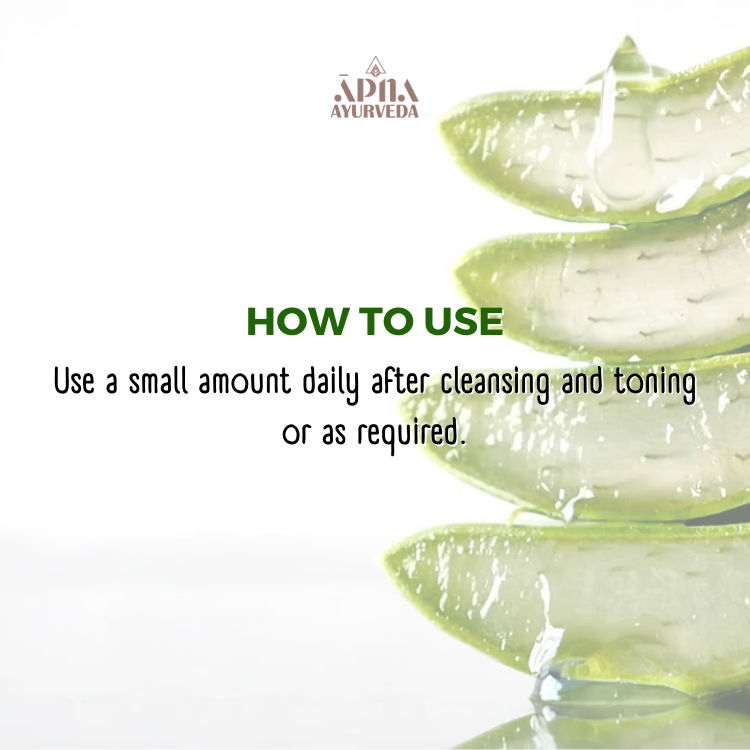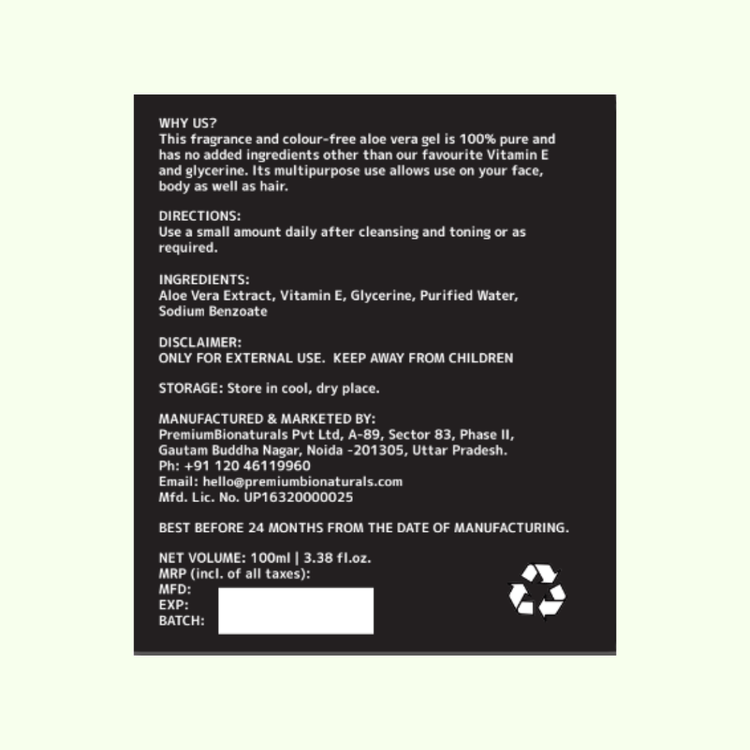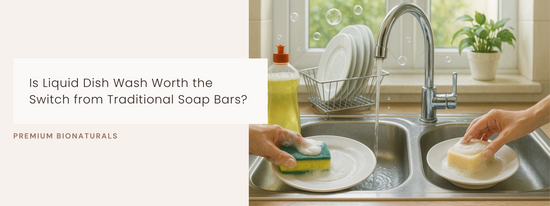Contrary to popular belief, sunscreen isn’t just for beach vacations or outdoor adventures; it's just as important while you are indoors too. The real concern isn’t direct sunlight but the UV rays it emits, which can easily reach you even when you’re inside.
Do we need to apply sunscreen at home? According to dermatologists—yes, absolutely. Have you ever wondered whether you really need to wear sunscreen when you’re just staying indoors? Many people believe sunscreen is only essential when stepping outside into the sun. However, that’s a common misconception. Indoor sun exposure is real, and your skin can still be damaged even if you're not going outside.
Let’s explore the surprising facts behind indoor sunscreen benefits and why SPF 35 for indoor use may be the smartest skincare move you’re not making yet.
The Surprising Truth: UVA Rays Don’t Stop at Glass
You might think you're safe from sun damage if you're not directly outdoors, but blue light skin protection is crucial. UVA rays (the ageing kind) penetrate window glass and can break down collagen, speed up fine lines, and deepen pigmentation—even if you're just sitting by a sunny window.
So, even when you are relaxing by a window, working at your desk, or cooking near a glass door, your skin is exposed. This is what we call indoor sun exposure, and it is a silent contributor to long-term skin damage. Sunscreen for home use is not about protecting against the obvious sunburn. It’s about preventing the invisible, slow damage that happens when your skin is exposed to UV rays and blue light from electronic devices over time.
How Indoor Lighting Can Affect Skin
Indoor lighting can affect the skin in a variety of ways, albeit to a lesser extent than direct sunlight. Here's how indoor lighting affects your skin:
1. UV Exposure: Some indoor lights, like fluorescents, emit UV rays. Long-term exposure may cause skin ageing, pigmentation, and increased skin cancer risk.
2. Blue Light: Devices emit blue light that penetrates deeper than UV. Overexposure may cause ageing, hyperpigmentation, and damage to the skin.
3. Dryness: AC and heating lower humidity, drying out skin and weakening its barrier. This leads to irritation, flakiness, and sensitivity.
4. Lighting Effects: Harsh lights can highlight flaws and uneven tone, while warm lighting creates a more flattering skin appearance.
5. Eye Strain: Prolonged screen time and bright lights cause squinting and rubbing, leading to fine lines and crow’s feet.
6. Sleep Disruption: Blue light at night disrupts circadian rhythm, reducing sleep quality and causing dull skin, puffiness, and dark circles.
While the effects of indoor lighting on the skin are less pronounced than those of direct sunlight, it is still critical to be aware of your indoor environment and take precautions to protect your skin
Blue Light Skin Protection: Is Screen Time Ageing You?

Spending hours in front of your laptop or phone? The blue light emitted by screens penetrates deeper than UVB rays and contributes to screen time skin damage like dullness, uneven skin tone, and hyperpigmentation.
Blue light skin protection is now a major skincare priority, especially with our increased screen time in a work-from-home world. Research suggests that long-term exposure to blue light can disrupt your skin’s natural barrier, leading to premature ageing and inflammation. If you're concerned about breakouts or irritation from prolonged screen time, check out our blog on How to Prevent Acne Breakouts Without Drying Out Your Skin for barrier-friendly skincare strategies.
Why Indoor Sunscreen Benefits Matter

Here’s what indoor sun damage prevention really does for your skin:
1. Protection against UV radiation: Sunscreen helps protect your skin from the damaging effects of UV radiation, which can cause sunburn & skin cancer.
2. Broad-spectrum protection: The best way to shield your skin indoors is by using a broad-spectrum sunscreen indoors that offers both UVA and visible light protection.
3. PF rating: Sunscreens are rated by their Sun Protection Factor (SPF), which measures the amount of UVB protection they provide. Experts recommend using a sunscreen with an SPF of at least 30.
4. Water resistance: Sunscreens can be water-resistant or non-water-resistant. You should still reapply them every two hours to ensure maximum protection.
5. Anti-ageing benefits: In addition to protecting your skin from the sun's harmful effects, some sunscreens also contain antioxidants to reduce oxidative stress on your skin.
How Much SPF Do You Really Need Indoors?
To protect your skin from UVA and UVB rays, use a broad-spectrum sunscreen with an SPF of 30 or higher. Look for lightweight, non-comedogenic formulas that do not clog pores or leave your skin feeling greasy.
Dermatologists recommend SPF 35 for indoor use if you’re not sweating or reapplying often. That level offers ample protection without being too heavy on the skin. Just apply a lightweight daily sunscreen indoors that blends easily, doesn’t clog pores, and layers well under moisturizer or makeup. Think of it as your digital shield!
Indoor Sunscreen Routine: How to Make It Stick
You don’t need to go full glam—just follow this simple routine:
1. Cleanse your skin in the morning
2.Apply your serum or moisturiser – something soothing like the Pure Aloe Vera Gel with Vitamin E can help calm, hydrate, and prep your skin for SPF

3. Finish with a lightweight SPF 30–50
4. Reapply every 4–6 hours if sitting by a window or using screens constantly
If you’re indoors with curtains closed or no direct light exposure, one application might be enough.
Frequently Asked Questions
Q1) Do we really need to apply sunscreen at home?
Yes! Indoor exposure to UVA rays and blue light can still cause long-term skin damage.
Q2) How does UVA radiation affect skin through windows?
UVA rays penetrate glass and contribute to ageing signs like wrinkles and sun spots—even when you're inside.
Q3) Can blue light from screens damage my skin?
Yes, blue light causes oxidative stress, weakens the skin barrier, and leads to pigmentation over time.
Q4) What SPF level is ideal for indoor sunscreen use?
SPF 35 is ideal for most indoor settings, offering broad-spectrum protection without feeling heavy.
Q5) Is a broad-spectrum sunscreen necessary indoors?
Yes, because it protects against both UVA rays and visible light from screens and artificial lighting.
Q6) How often should I reapply sunscreen when staying indoors all day?
If you're near a window or using screens for hours, reapply every 4–6 hours. Otherwise, once in the morning may be enough.
So, do we need to apply sunscreen at home? The answer is a clear and resounding yes. From sneaky UVA rays streaming through your window to blue light emitted by your screens, your skin still faces daily damage indoors.
Make sunscreen a year-round habit—not just for sunny days outdoors. Your future skin will thank you.


